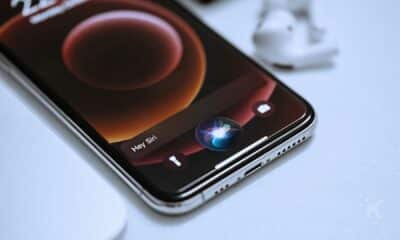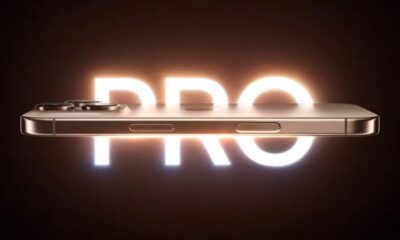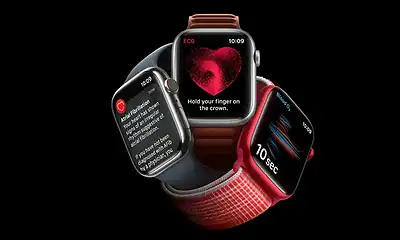Apple
Apple debuts durability labs to show how tough iPhones are
It show customers that Apple carefully balances design, durability, and repairability of its products.

Just a heads up, if you buy something through our links, we may get a small share of the sale. It’s one of the ways we keep the lights on here. Click here for more.
Apple has been inviting trusted outsiders, like tech YouTubers who don’t purposely destroy devices, and research groups like Counterpoint Research, to see how it tests the durability of iPhones and other products.
This effort is meant to show customers that Apple carefully balances design, durability, and repairability, and to counter viral videos that wreck iPhones just for views.
During these tours, visitors see Apple’s extreme testing setups. The company recreates worst-case situations like exposure to water, drops, extreme light, dust, salt, and even artificial sweat or earwax for testing AirPods.
For example, they run salt exposure tests for 100 hours, use Arizona desert dust to check how fine particles affect speaker grilles and charging ports and simulate repeated drops with robots that can drop phones at different angles onto surfaces like granite and asphalt.
Drop damage is one of the top reasons people need phone repairs. Apple recommends using protective cases, which have raised edges to help keep screens from hitting the ground directly when dropped.
To study durability even further, Apple does vibration tests and analyzes how every part of the device responds.
According to Counterpoint, Apple’s massive durability testing, involving at least 10,000 iPhones before each launch, shows how seriously the company takes product quality.
They found Apple puts a lot of effort into making devices last longer, and this pays off: iPhones tend to keep 40 percent more of their value than Android phones in the resale market.
Combined with at least five years of software updates, this allows iPhones to be reused by multiple owners.
However, Counterpoint also noted an interesting challenge: sometimes making products more durable can make them harder to repair, and vice versa.
But overall, Apple’s efforts help explain why iPhones dominate the global refurbished smartphone market, holding over 56 percent of it.
With more than 200 testing facilities, Apple’s investment in durability testing ensures its products stay reliable for years and can easily find a second or even third life with new users.
Will you trust Apple’s durability tests? Or would you rather just watch JerryRigEverything? Tell us below in the comments, or via our Twitter or Facebook.






























